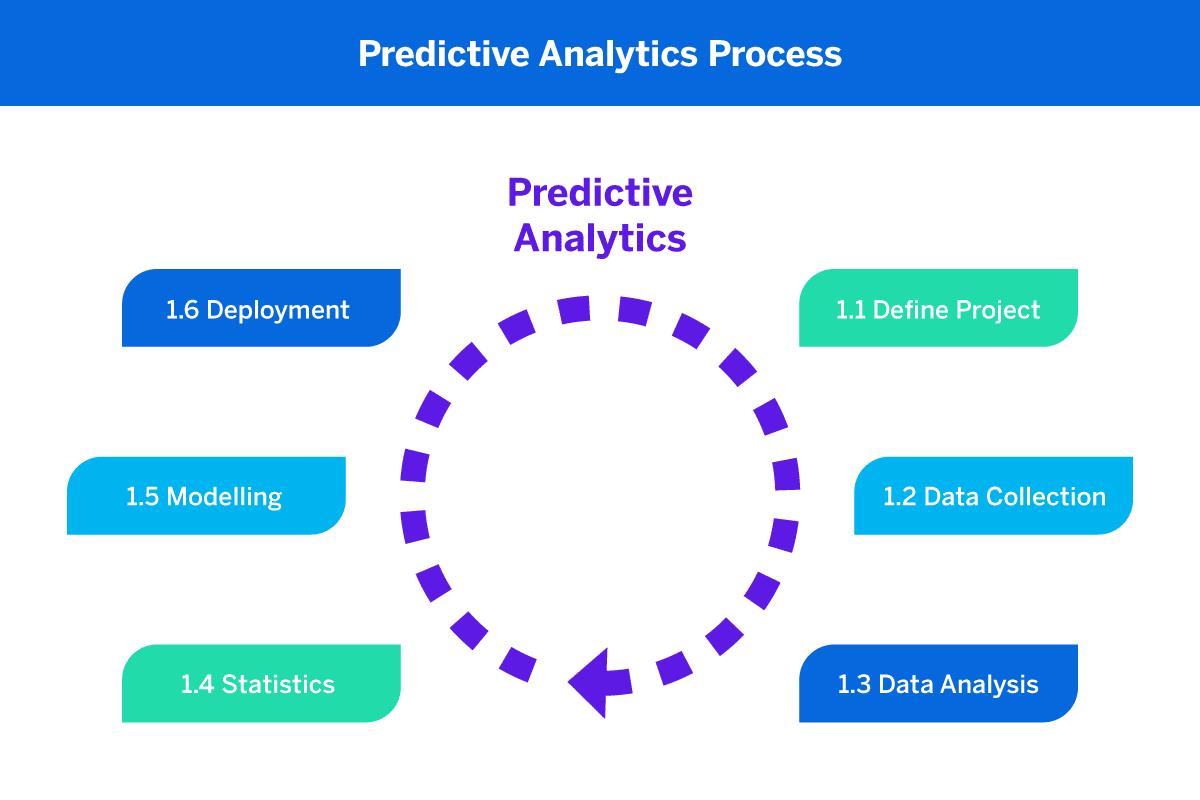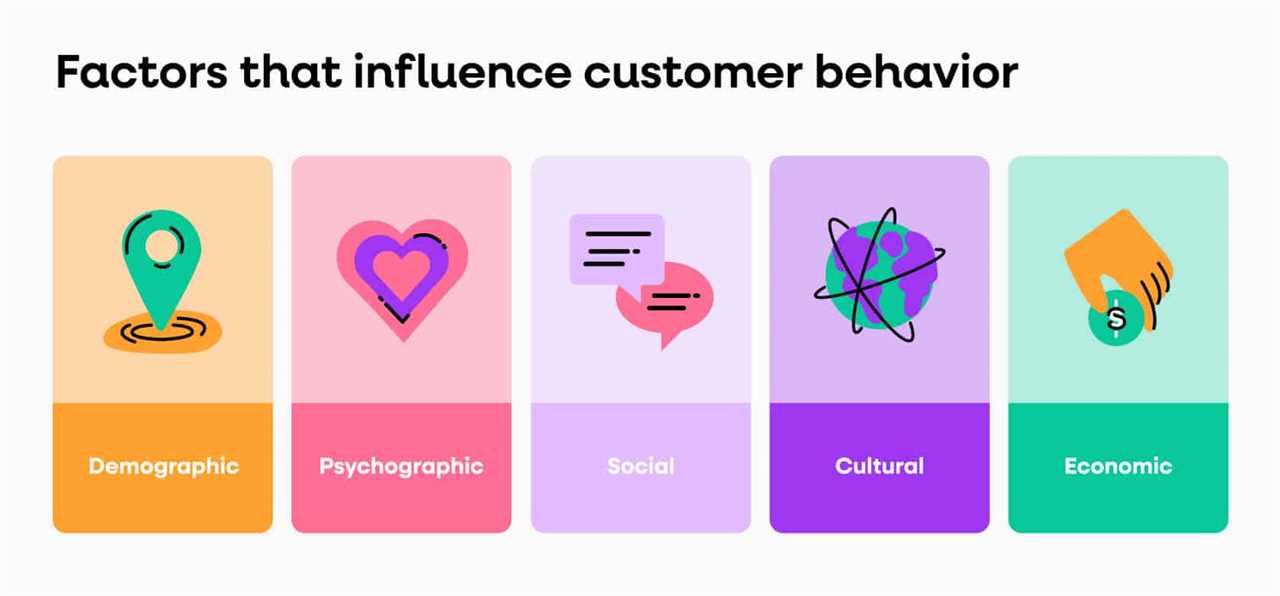Businesses are changing faster than ever in 2025. Customers expect companies to understand their needs, save them time, and protect their information at the same time.
Predictive analytics makes this possible. By studying past actions and patterns, companies can see what customers are likely to do next. Done right, this creates better experiences, stronger loyalty, and flourishing growth. Done wrong, it risks the loss of trust and creates privacy issues.
Predictive analytics is not new, but the way it’s being used has changed. The tools are more accurate, the data is larger, and expectations around customer behavior protection are stricter. Companies no longer get away with guessing what people want. Customers now expect their information to be used responsibly and in a way that benefits them.
Quick Takeaways
- Predictive analytics in 2025 helps companies make smarter decisions about customer needs.
- Strong customer behavior protection is essential to maintain trust and legal compliance.
- Data accuracy matters more than collecting endless amounts of data.
- Predictive tools work best when teams use insights in real time.
- Companies that act ethically and update strategies regularly see the strongest results.
How Predictive Analytics Works in 2025
Predictive analytics looks at data from the past, mixes it with what’s happening now, and builds forecasts for the future.
The goal is simple: to know what customers might want before they ask for it. In 2025, this technology is part of almost every digital system. Marketing software uses it to suggest which emails to send. Sales platforms use it to score leads. Service tools use it to flag accounts at risk of leaving.
What has changed most is accessibility.
In the past, predictive analytics required data scientists and complex systems. Today, most businesses can use it without coding. Many platforms now include predictive features built-in, making insights available to marketing teams, sales managers, and service staff.

Image source
Why Customer Behavior Protection Is at the Core
Prediction only works if customers share data. Purchase history, search behavior, and communication preferences all power the models.
That’s why customer behavior protection has become one of the top priorities in 2025. People want to feel confident that their details are safe and that companies are not misusing them.
Stronger privacy laws around the world back up these expectations. Businesses are required to explain how data is collected and what it’s used for. Customers who sense a lack of honesty walk away. The companies that succeed in predictive analytics are the ones that treat privacy as a feature, not an afterthought. Protection means:
- Collecting only the data needed to improve the experience.
- Storing information securely and avoiding weak security practices.
- Being transparent about predictions and how they benefit the customer.
When people know their data is protected, they are more likely to engage and share. That leads to better predictions and stronger relationships.

Image source
Practical Uses of Predictive Analytics in 2025
Predictive analytics is shaping how businesses operate every day. Here are the areas where it has the most impact:
1. Marketing That Matches Real Needs
Instead of sending the same email to every customer, predictive systems identify who is most likely to respond. For example, they can highlight which customers are likely to repurchase within the next 30 days, making campaigns more targeted and effective.
2. Sales That Focus on the Right People
Sales teams use predictive scores to see which leads are most likely to convert. This saves time and directs energy to the right opportunities.
3. Service That Solves Problems Early
Predictive models can flag accounts that may face issues soon, giving service teams a chance to act before problems become complaints. This improves satisfaction and reduces churn.
4. Product Development That Reflects Demand
Companies use predictive analytics to spot rising trends in usage and requests. This guides product updates and future releases.
5. Operations That Run More Smoothly
Forecasts help manage inventory, staffing, and supply chains. Businesses can prevent shortages, delays, or wasted stock.
All of these uses depend on accurate, protected data. Without customer behavior protection, predictive analytics risks turning into a liability.
Find the Balance Between Accuracy and Privacy
In 2025, one of the biggest debates in predictive analytics is how much personalization is too much. Customers appreciate recommendations that save them time, but they don’t want to feel watched. The line between helpful and invasive is thin.
That’s why transparency is key. Businesses must be clear about what they track and why. Customers respond better when they know predictions are being used to save them effort, not to push them into choices they don’t want.
Balancing accuracy and privacy means:
- Explaining predictions clearly.
- Allowing customers to opt out of certain tracking.
- Using anonymized data where possible.
This balance is not just ethical. It is practical. Without trust, predictive analytics cannot work.
Data Quality Over Data Quantity
Another major change in 2025 is the focus on data quality. In the early days of predictive analytics, companies gathered as much data as possible. Now, businesses realize that collecting endless details does not improve predictions. In fact, it often creates noise that makes models less accurate.
Data quality means ensuring information is clean, accurate, and relevant. Outdated or duplicate data leads to poor insights. Strong customer behavior protection policies also require businesses to collect only what they truly need. This reduces risk while improving accuracy.
Steps companies take in 2025 to improve quality include:
- Regular audits of customer data.
- Removing old or duplicate records.
- Standardizing how data is collected across departments.
- Training staff to enter and manage data correctly.
The result is predictions that actually match real behavior rather than flawed assumptions.
Ethics and Responsibility in Predictions
Predictive analytics gives businesses power, but with that comes responsibility. If used without care, it can manipulate customers or expose private behavior. In 2025, businesses are expected to use predictive analytics responsibly.
Support, Not Pressure
That means using predictions to support customers, not pressure them. For example, reminding someone about a subscription they may want to renew is supportive. Using predictions to push constant upsells, even when not needed, crosses the line.
Honesty is the Best Policy
Ethics also includes being honest about limitations. Predictions are not guarantees. They are probabilities. Treating them as absolute facts can lead to poor decisions. The best organizations explain this openly to their teams and to customers when needed.
Real-Time Insights = Faster Action
One of the biggest advantages in 2025 is the speed of predictive analytics. In the past, running models could take weeks. Now, many systems provide real-time insights. This allows teams to act quickly.
For example, if a model predicts a high chance of churn within a week, service teams can reach out immediately. If predictive scores show a sudden spike in interest for a product, marketing can launch a campaign the same day.
The ability to act in real time makes predictive analytics far more valuable. It moves predictions from theory into daily business practice.
Continuous Monitoring Keeps Your Predictions Fresh
Customer behavior changes quickly. A trend that was valid six months ago may no longer apply today. Predictive analytics only works when it is updated regularly.
Businesses in 2025 monitor predictions continuously. They track which forecasts came true, which failed, and why. This feedback improves future models. Teams also adjust as laws, technology, and customer expectations shift.
Regular updates are also key for customer behavior protection. Reviewing data policies ensures compliance with new regulations and prevents risks from outdated practices.
The Business Value of “Getting It Right”
When predictive analytics is done responsibly, it creates measurable value. Businesses see higher revenue, stronger loyalty, and reduced churn. Teams save time by focusing on the right opportunities. Customers benefit from smoother, faster service.
At the same time, companies build stronger trust when they prioritize customer behavior protection. This trust becomes a long-term advantage. Customers are more willing to share data, more likely to stay loyal, and more open to new products or services.
Predictive Analytics, Meet Customer Needs
Predictive analytics in 2025 is about more than forecasting sales. It is about anticipating customer needs while protecting their behavior and privacy. The companies that succeed are the ones that combine accuracy, transparency, and ethics. They treat data as a shared resource, not just a business tool.
By focusing on customer behavior protection, data quality, and ethical practices, businesses create a cycle of trust and growth. Predictive analytics then becomes more than a tool—it becomes a foundation for stronger customer relationships in a digital-first world.
Marketing Insider Group is a content marketing agency designed to help businesses build successful, ROI-producing platforms online. We can help you attract quality leads and drive new traffic to your website consistently. Our customized packages are built to meet your unique needs, empowering you to reach, engage, and win new customers for your business. Learn about our Content Builder Services.
Read More
By: Lauren Basiura
Title: Predictive Analytics: Anticipating Customer Needs in 2025
Sourced From: marketinginsidergroup.com/artificial-intelligence/predictive-analytics-anticipating-customer-needs-in-2025/
Published Date: Mon, 03 Nov 2025 11:00:02 +0000
Did you miss our previous article...
https://trendinginbusiness.business/business/mobilefirst-advertising-winning-attention-on-a-17-second-scroll
.png)





